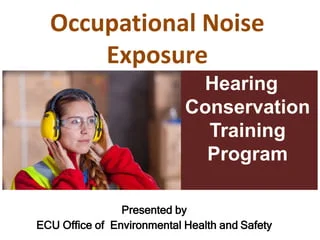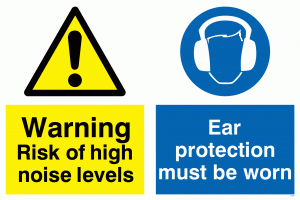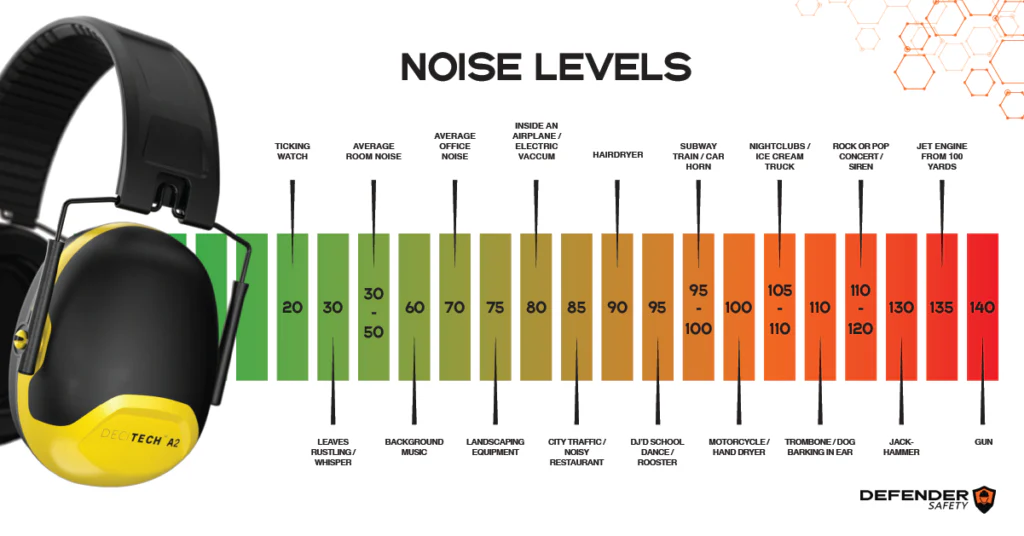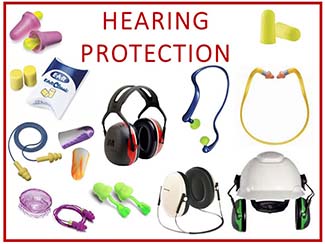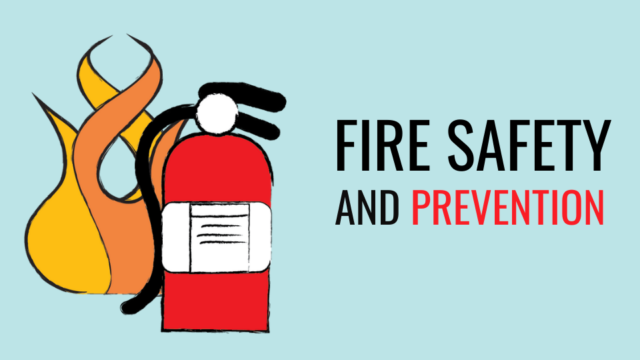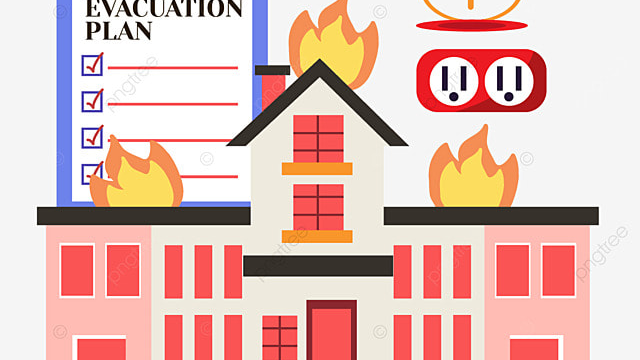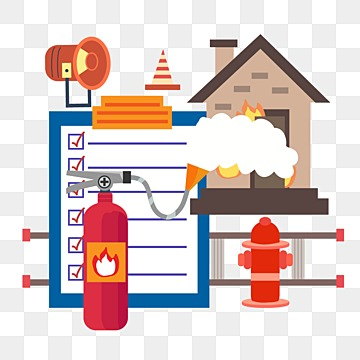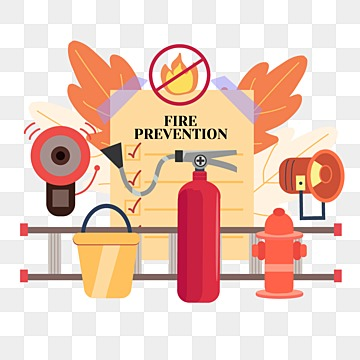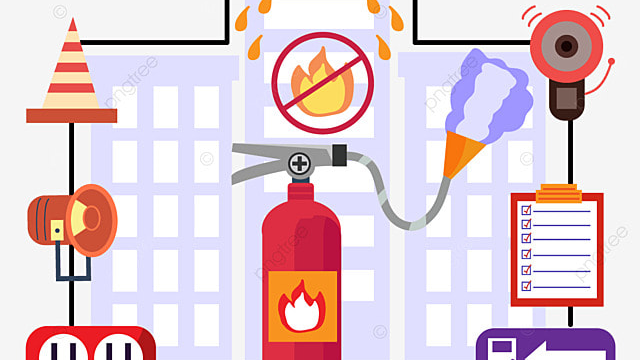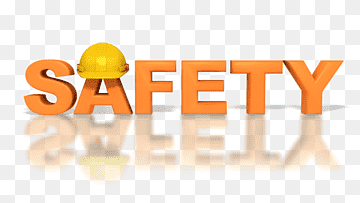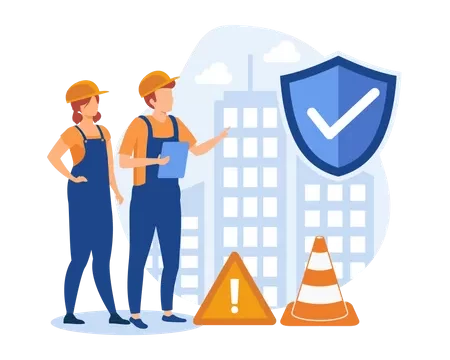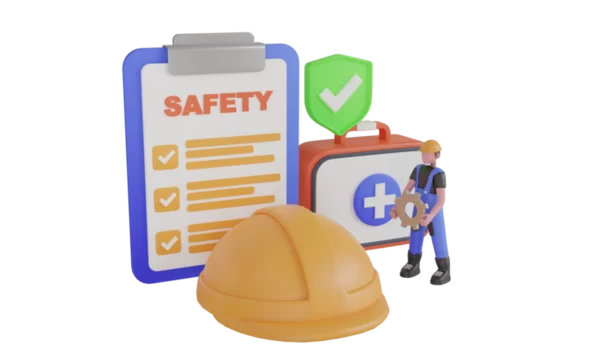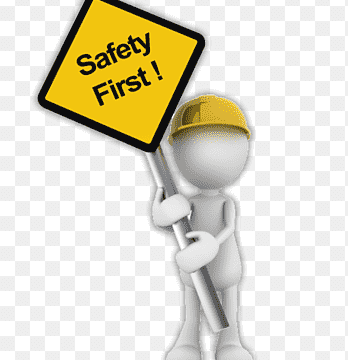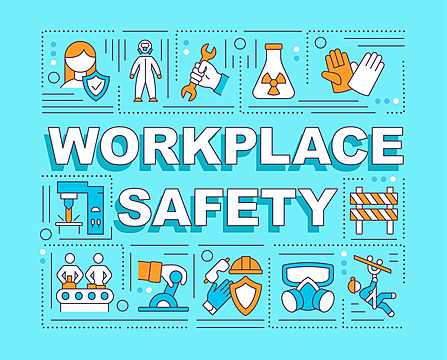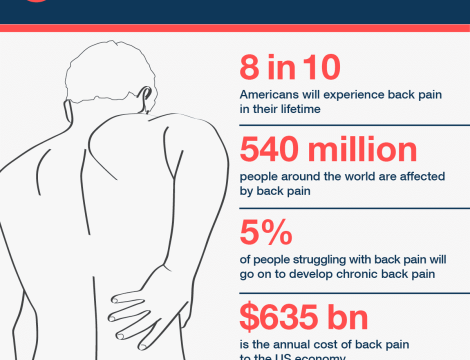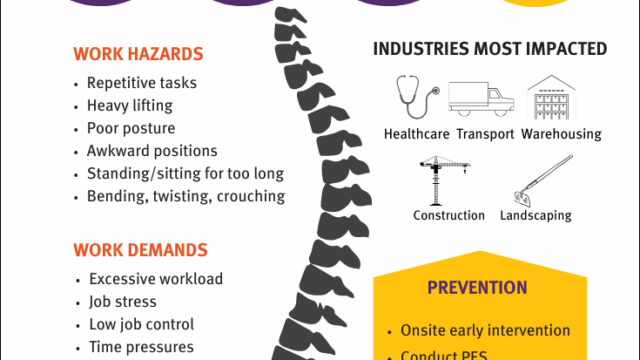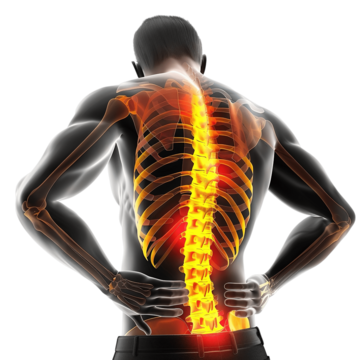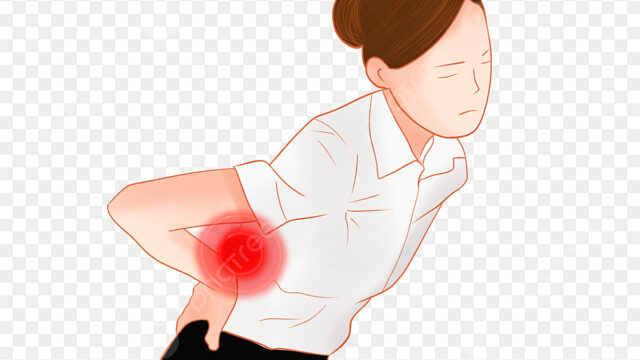Popular
Hearing Conservation Program
Description
Course Outline
- Introduction to Hearing Conservation
- Importance of hearing conservation
- Overview of noise-induced hearing loss (NIHL)
- Regulatory requirements (e.g., OSHA, local guidelines)
- Understanding Noise and Hearing
- Anatomy and physiology of the ear
- How noise affects hearing
- Noise exposure and damage risk criteria
- Noise Measurement and Evaluation
- Noise level measurement methods and tools
- Understanding decibels and noise dosimetry
- Identifying and assessing noise hazards in the workplace
- Hearing Protection Devices (HPDs)
- Types of hearing protection devices (earplugs, earmuffs, etc.)
- Selection and fitting of HPDs
- Proper use, care, and maintenance of HPDs
- Engineering and Administrative Controls
- Noise control strategies: engineering solutions
- Administrative controls to minimize exposure
- Developing and implementing noise control plans
- Audiometric Testing and Program Management
- Purpose and procedures for audiometric testing
- Understanding audiograms
- Program evaluation and employee follow-up
- Employee Education and Engagement
- Communicating the importance of hearing conservation
- Motivating employee compliance
- Integrating hearing conservation into workplace culture
- Hearing Conservation Program Development
- Elements of a comprehensive program
- Recordkeeping and compliance
- Continuous improvement and periodic evaluations
Course Objectives
By the end of this course, participants will:
- Understand the health risks associated with noise exposure and the importance of preserving hearing.
- Learn how to identify, measure, and evaluate noise hazards in the workplace.
- Develop the ability to select and implement effective noise control measures and hearing protection strategies.
- Gain skills to interpret audiometric testing results and ensure compliance with regulations.
- Be equipped to establish and maintain a comprehensive hearing conservation program.
Learning Outcomes
Upon completing the course, participants will be able to:
- Explain the physiological impact of noise on hearing and the significance of NIHL prevention.
- Conduct basic noise assessments and interpret noise measurement data.
- Choose appropriate HPDs and demonstrate proper fitting techniques.
- Design and implement engineering and administrative controls to reduce workplace noise.
- Manage audiometric testing programs, analyze audiogram results, and take corrective actions when needed.
- Educate and motivate employees to participate actively in hearing conservation efforts.
Methodology
- Interactive Lectures: Present foundational concepts using multimedia, diagrams, and videos.
- Hands-On Training: Practice fitting HPDs, using noise measurement tools, and interpreting audiograms.
- Case Studies: Analyze real-life examples of successful hearing conservation programs.
- Group Activities: Collaborative exercises to design noise control strategies and develop program components.
- Assessments: Pre- and post-course quizzes, role-playing scenarios, and project-based evaluations.
- Resource Materials: Provide handouts, guidelines, and templates for participants to use in their workplaces.
- Discussion Forums: Encourage open dialogue to address specific workplace challenges and share solutions.
Location
Review
Write a ReviewThere are no reviews yet.

